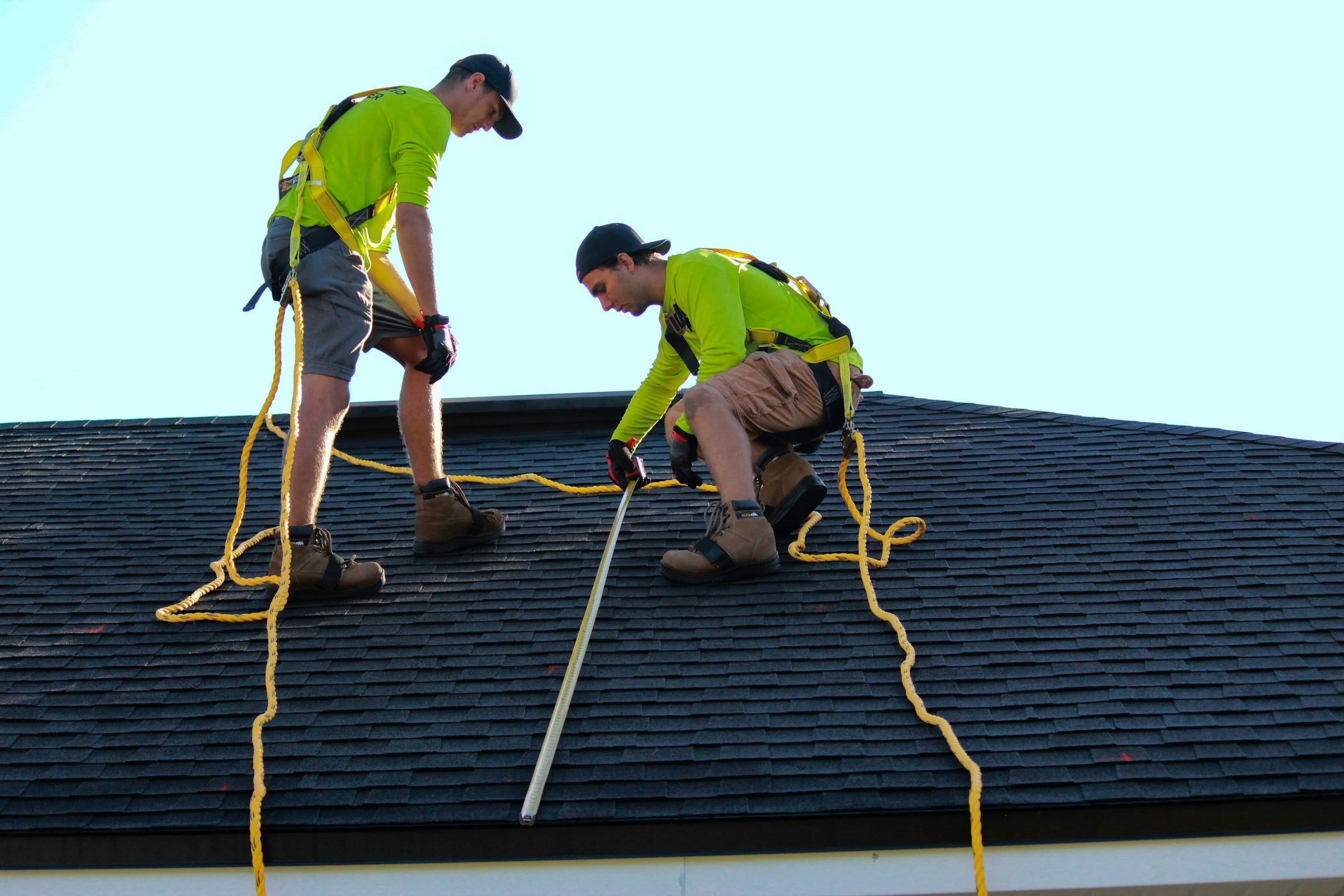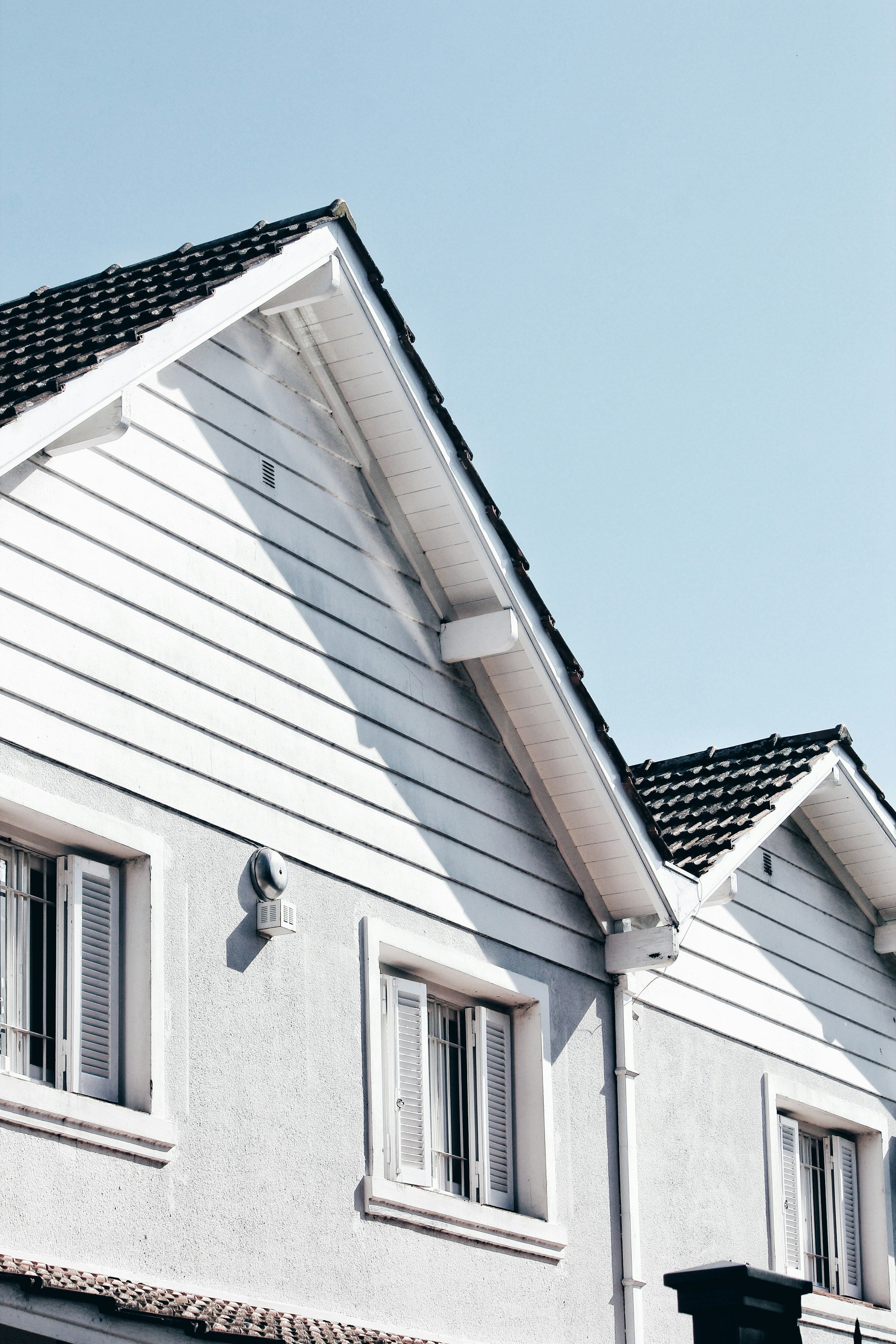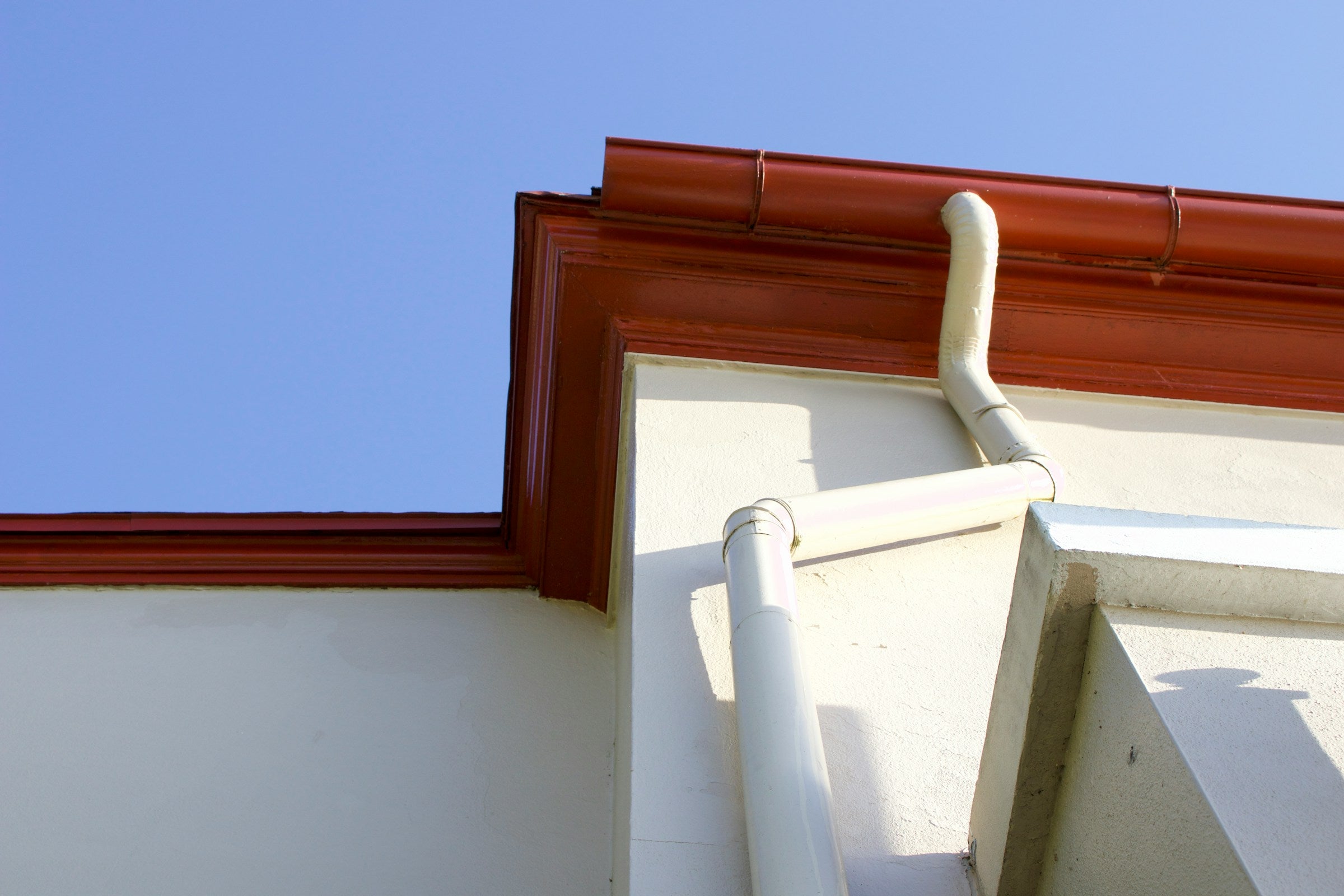
- by TORCHSTAR CORP
Pre-Move-In Roofing & Waterproofing Guide
- by TORCHSTAR CORP
What to Check Before Living in an Older Home
Common Problems in Aging Roofing & Waterproofing Systems
As homes age, moisture-related issues tend to appear in predictable areas. Typical concerns include:


What Should Do
Several simple checks can help identify early moisture risks before you move in. Consider:
What Roofing & Waterproofing Professionals Should Inspect
A qualified roofing or waterproofing specialist can uncover deeper issues that aren’t visible during a standard walkthrough. They should:

Final Checklist for a Dry, Well-Protected Home
Fill out the form below and our team will get back to you within 24 hours.
Thank you for reaching out. We have received your message and will be in touch shortly.
Share:
Pre-Move-In Whole-Home Essentials
Pre-Move-In Plumbing Guide